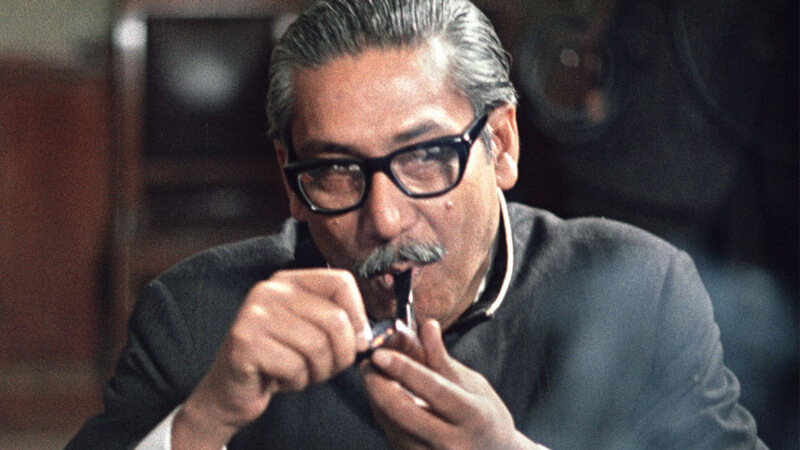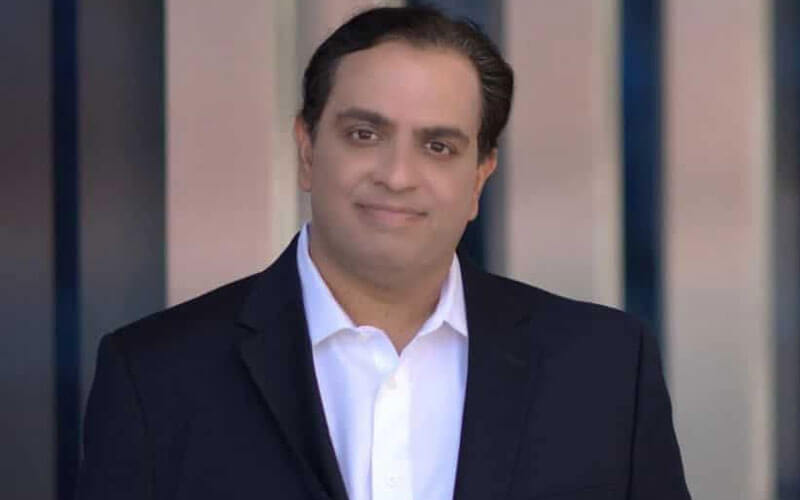Biography of Mujibur Rahman:- Bengali politician, Prime Minister of the Republic of Bangladesh between 1972 and 1975, third of the six children of Sheikh Luftar Rahman, a respected Muslim hero, at the age of seven he entered the Dimadanga Primary School and later attended classes at the local missionary school.
His political career dates back to 1939, when he was arrested for participating in a popular protest. Shortly afterwards he joined the Federation of Muslim Students Nikhil Vharat, and in 1942 he became involved in the Pakistani independence movement.
Biography of Mujibur Rahman
- Born:- 17 March 1920, Tungipara Upazila, Bangladesh
- Height:- 1.8 m
- Party:- Bangladesh Awami League
- Books:- The Unfinished Memoirs,
- Assassinated:- 15 August 1975, Dhaka, Bangladesh
- Parents:- Saira Begum, Sheikh Lutfur Rahman
In 1947, shortly after the partition of the immense British colony in India and Pakistan, he went to Calcutta to join the clandestine student gatherings from which a Young Democratic League emerged.
See Also: Biography of Osama bin Laden
A year later he was admitted to the Law Department of the University of that city, where he launched another youth league for the promotion of the rights of the Bengalis of Pakistan, and in 1949 became the first secretary of the newly formed Awami League. In 1954 he obtained the seat of deputy in the Assembly of the East Pakistan.
In the following years followed his political fight, almost always responded with government repression. In 1966 he published a manifesto at a convention of opposition parties to the regime of Marshal M. Ayub Khan in Lahore, an action that led to a sudden process for separatism and the condemnation in 1968 of a heavy prison sentence.
The movement in demand of his freedom was decisive for the forced resignation of Ayub Khan in 1969, to which followed the liberation of Rahman. In the elections of 7 of December of 1970 the Awami League became the first force of the Pakistan National Assembly and it copied 228 of the 230 seats of the assembly of the overpopulated Eastern territory.
In an explosive context, on March 15, 1971 Rahman met with ZA Bhutto, leader of the most voted party in the western part of the country, and military president Agha Muhammad Yahya Khan.
He threatened to mobilize the army rather than allow secession, but Rahman demanded the immediate transfer of powers to the provincial assembly and the suppression of martial law.
Although, strictly speaking, it was up to Rahman to form a government in Islamabad, he was only interested in leading an autonomous Bangladesh.
On March 25 Yahya unexpectedly ordered military intervention in East Pakistan and the next day Rahman called for a general strike and civil resistance. Immediately there began violent fighting between the Pakistani troops on the one hand and the Mukti Bahini Bengali militias and civilians on the other.
On April 10, Rahman formed a “Revolutionary Government” and on January 17, he proclaimed, in a clandestine radio broadcast, the “People’s Republic, independent and sovereign Republic of Bangladesh.”
However, with the collapse of his forces before the government push Rahman was taken prisoner and Awami League dissolved.
The independence movement would surely have been completely wiped out of not intervening militarily in India, which since 23 November launched air strikes against Pakistani positions.
Delhi officially declared war on December 3, and the next day launched a major offensive on five penetration fronts. On December 16 the Indian paratroopers entered Dhaka and hours later the Pakistani commander surrendered his troops.
Rahman was released from custody on 22 December and placed under house arrest, which was finally lifted on 8 January 1972, as demanded by India under the conditions of peace.
After a brief visit to London to meet with the British government, he was enthusiastically received in Dhaka on 10 January and sworn in as the Prime Minister of the Republic of Bangladesh on the following day.
The new state was initially recognized by India, the USSR and the United Kingdom, and by the end of the year another 83 states followed.
Rahman had before him the task of rebuilding a country devastated by war and cholera, which had caused more than a million deaths. On 7 March 1973, the first parliamentary elections were held, which gave the Awami League a massive victory (291 out of 300 seats), whose principles outlined by Rahman and proclaimed by the new Constitution were socialism, nationalism, secularism and democracy.
Become a charismatic leader of the Third World, on February 22, 1974, he met with Bhutto in Lahore during the summit of the Islamic Conference and gained recognition from Pakistan.
Harassed by the opposition to its authoritarian execution and the ravages provoked by the bad government, the corruption and the administrative chaos, on 25 January 1975 Rahman ordered the adoption of a constitutional amendment that gave the country to the dictatorship of the single party, the Krishak Sramik, successor of Liga Awami., And to him in president of the Republic with supreme powers.
The discontent of the Armed Forces took shape in a coup movement on August 15, in which Rahman and thirty other members of his family were killed in his residence in the suburbs of Dhaka, by a party of soldiers who, in principle, would have proposed only to arrest him.
Of the confused slaughter only two daughters of Rahman were saved, one of which, Hasina (Wajed), assumed the political inheritance of the deceased leader.




